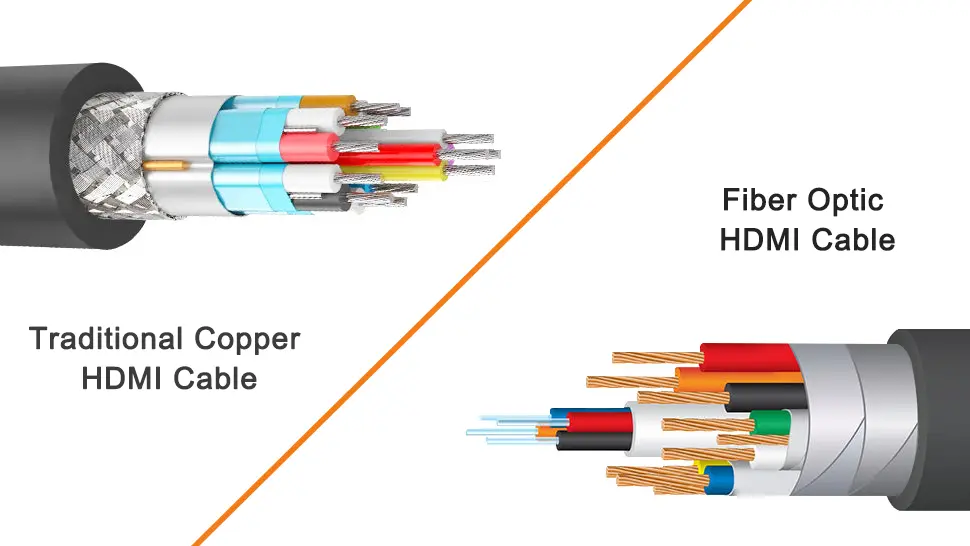Choosing the Right Audio Cable: XLR, TS, TRS, and RCA
In the world of professional audio, choosing the right audio cable is crucial for ensuring high-quality sound transmission. Different types of audio cables, with their unique designs and performance, are suitable for different devices and scenarios. This article will provide a detailed introduction to four common professional audio cable types: XLR, TS, TRS, and RCA, so you can choose the right cable for your needs.
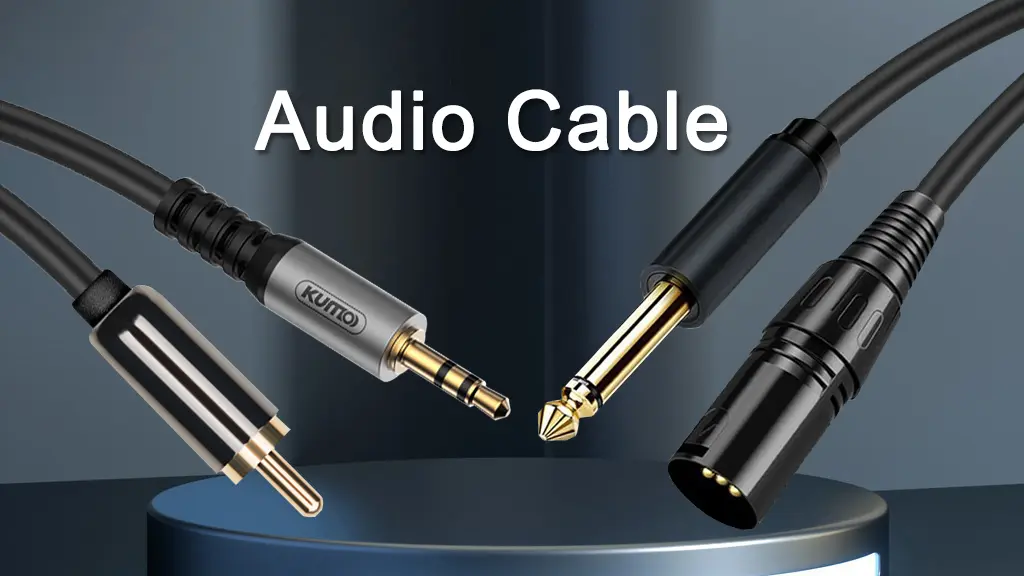
XLR cables stand out in professional audio equipment, commonly used to connect microphones, mixing consoles, and powered speakers. They are found in recording studios, live events, and broadcast environments. Their three-pin design (male pins, female sockets) ensures balanced audio transmission, reducing noise and electromagnetic interference. The locking design ensures a secure connection, preventing accidental disconnection during performances or recording sessions.
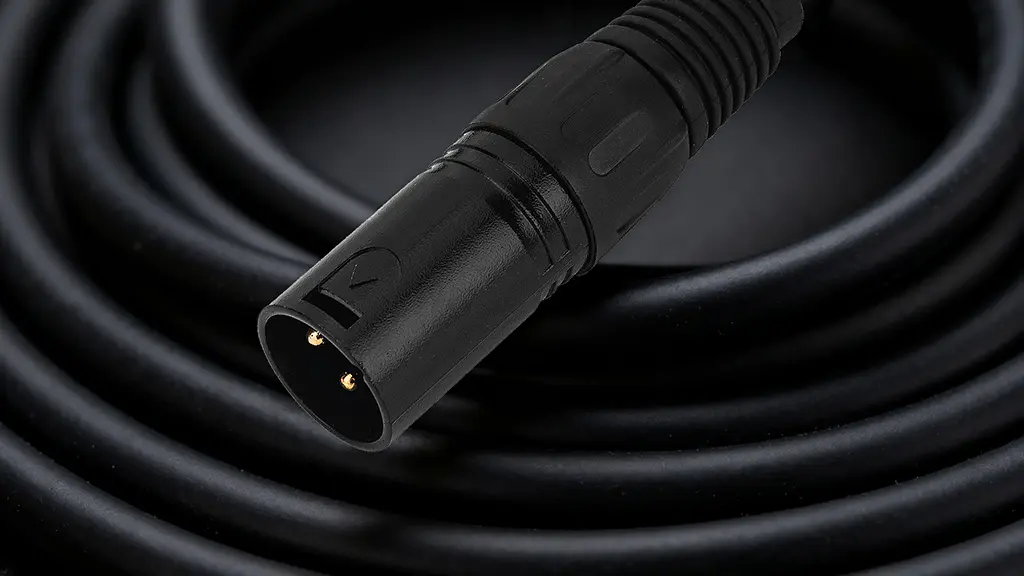
The core advantage of XLR cables lies in their balanced transmission technology. The three conductors within the cable carry the hot (+) signal, the cold (-) signal, and the ground (GND) signal. During signal transmission, the hot and cold ends carry the same audio signal but in opposite phases. A differential amplifier at the receiving end compares the two signals, canceling out interference noise introduced by long-distance transmission or complex electromagnetic environments. This ensures pure, low-distortion sound, maintaining high-quality audio even over transmission distances of tens of meters.
TS Cable:
TS (Tip-Sleeve) cables look very similar to TRS cables, but are easily distinguished because the TS connector consists of only a tip and a sleeve. TS cables are typically unbalanced and used for mono audio devices. They can be connected to instruments such as guitars and keyboards, as well as other audio devices with unbalanced outputs, and to amplifiers or mixers. For this reason, TS cables are also called instrument cables.
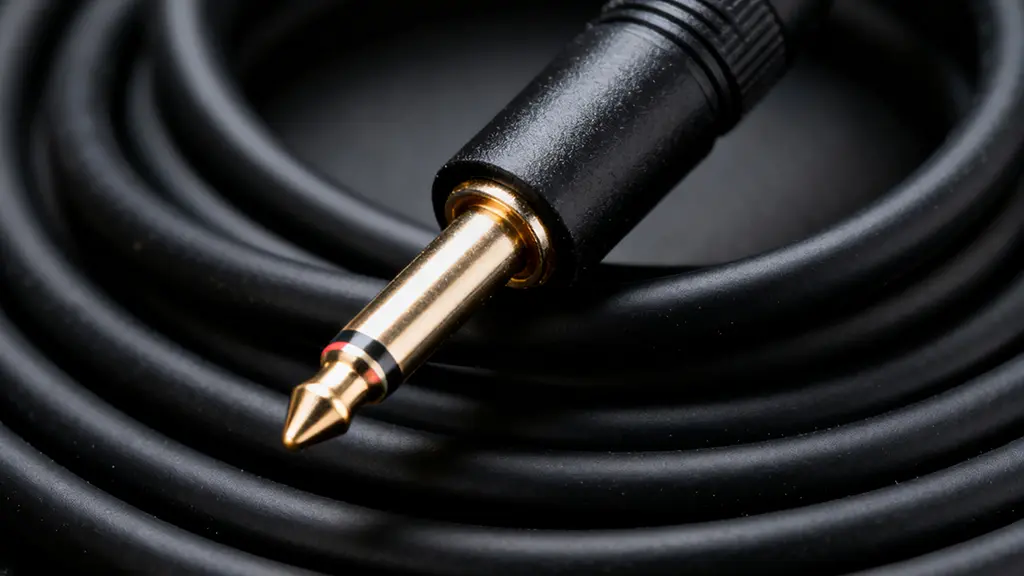
TRS (Tip-Ring-Sleeve) cables are popular for their versatility and are widely used to connect devices such as headphones, audio interfaces, keyboards, and effects processors. The TRS plug has three metal contacts: a tip, a ring, and a sleeve. TRS cables can transmit balanced mono signals, achieving interference-resistant balanced transmission through a hot (Tip), cold (Ring), and ground (Sleeve) connection. They can also be used for unbalanced stereo signals, with the Tip and Ring corresponding to the left and right channels, respectively, and the Sleeve serving as a common ground. Common TRS plug sizes include 1/4-inch (6.35mm) and 1/8-inch (3.5mm). The 6.35mm size is mostly used in professional audio equipment, while the 3.5mm size is more common in consumer electronics, such as headphone jacks on computers and mobile phones. In recording studios, TRS cables are frequently used to connect various audio devices and build complex audio signal chains due to their excellent compatibility and signal transmission stability.
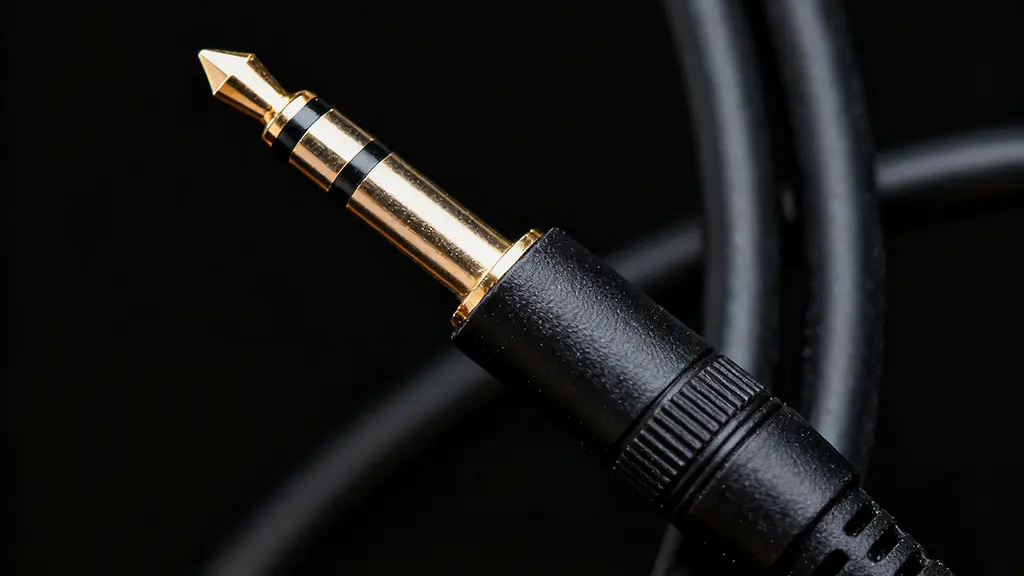
RCA cable is an analog audio and video cable. RCA refers to Radio Corporation of America, which introduced this connector in the 1930s. Like TS cables, RCA cables have only two wires and are therefore unbalanced. To avoid signal degradation, it's best to use the shortest possible RCA cables. RCA cables are typically color-coded. Yellow RCA connectors are typically used for composite video, white/black RCA connectors for the left stereo channel, and red RCA connectors for the right channel.
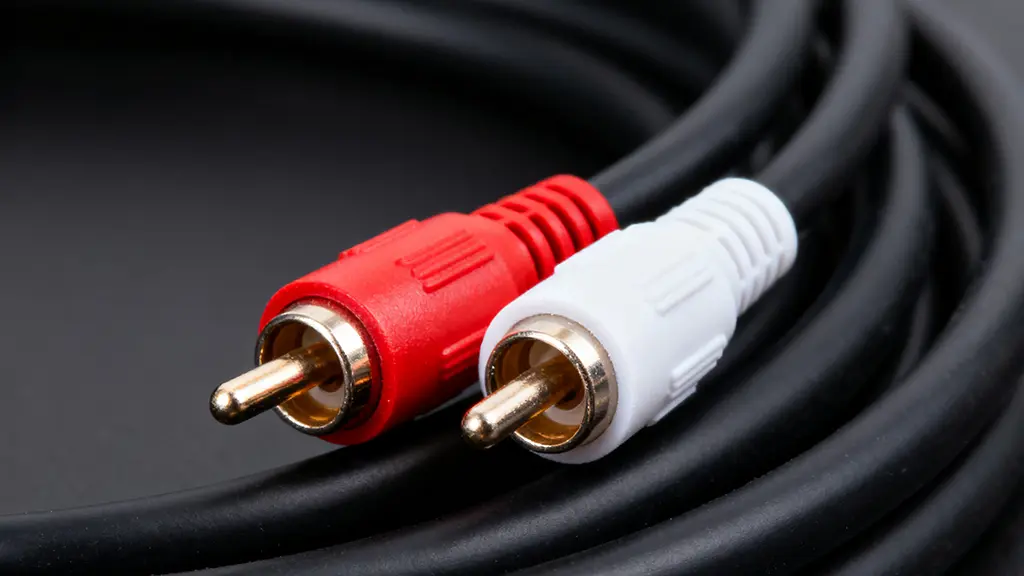
RCA cables are unbalanced and are commonly used with audio and video devices such as DVD players, game consoles, and other display devices. You'll often see them in home audio/video systems. DJ equipment and some professional audio/video equipment also use RCA cables.
As the audio industry evolves towards higher quality and more intelligent audio, XLR, TRS, TS, and RCA audio cables will continue to play a key role in various fields due to their respective advantages. Whether for professional audio production, performance, or home audio entertainment, a deep understanding of these cable types, uses, and performance is essential for building an ideal audio system and achieving excellent audio performance.

 USB C Docking & Hub
USB C Docking & Hub USB C Docking Station
USB C Docking Station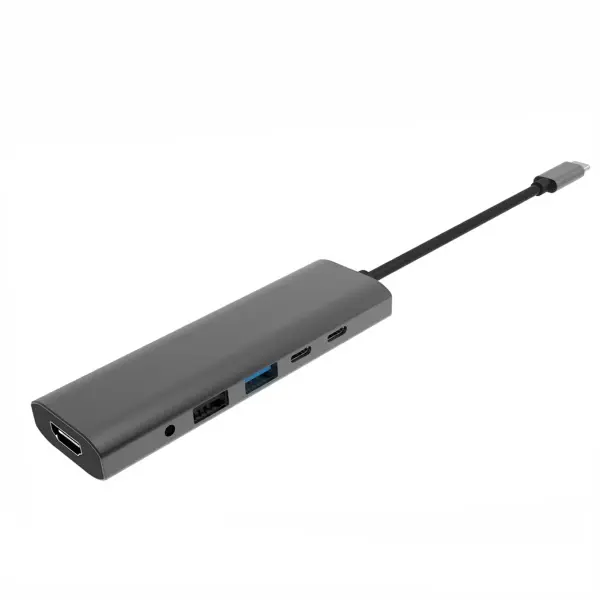 USB C Hub-H Series
USB C Hub-H Series USB C Hub-H Series High End
USB C Hub-H Series High End USB C Hub-X Series High End
USB C Hub-X Series High End HDMI Cable
HDMI Cable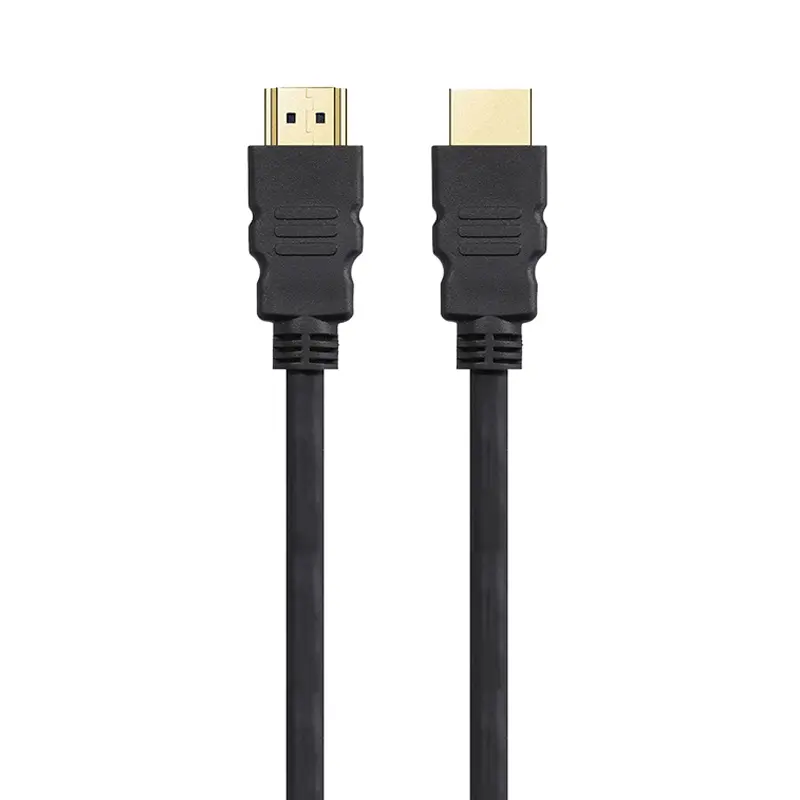 4K HDMI Cable
4K HDMI Cable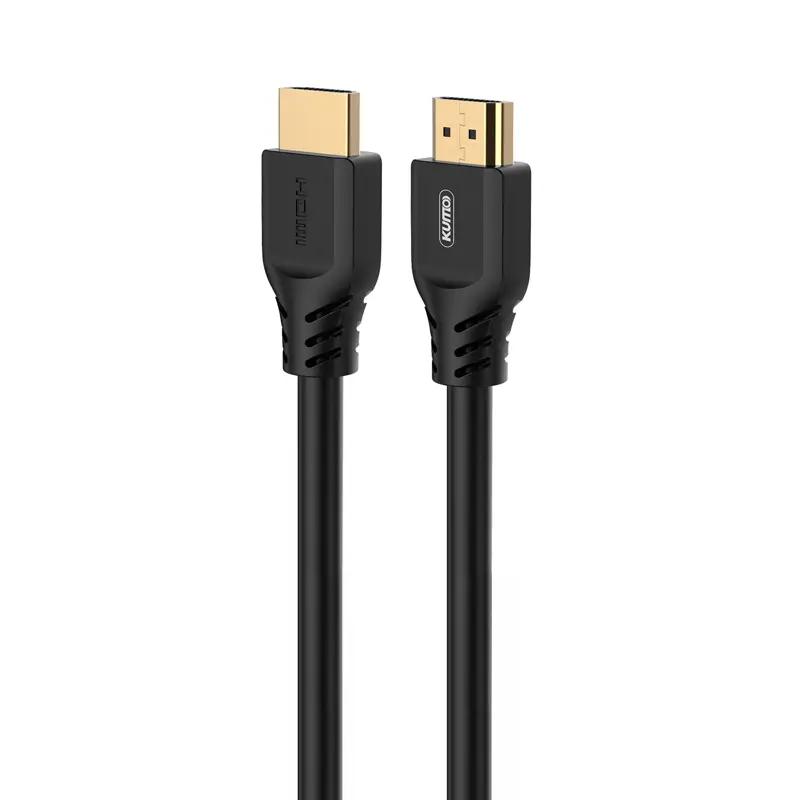 8K HDMI Cable
8K HDMI Cable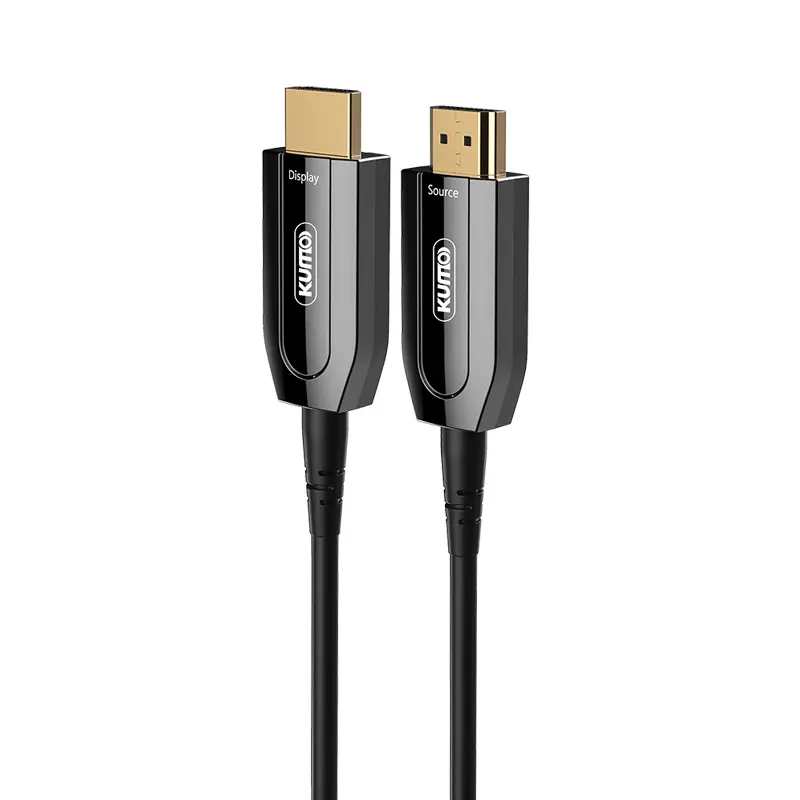 AOC HDMI Cable
AOC HDMI Cable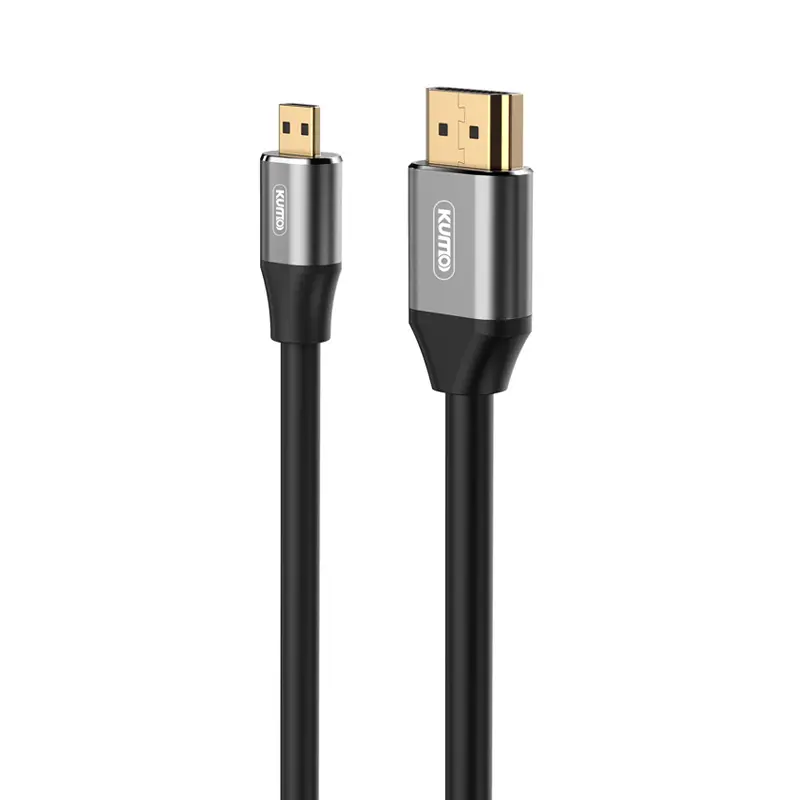 HDMI Conversion Cable
HDMI Conversion Cable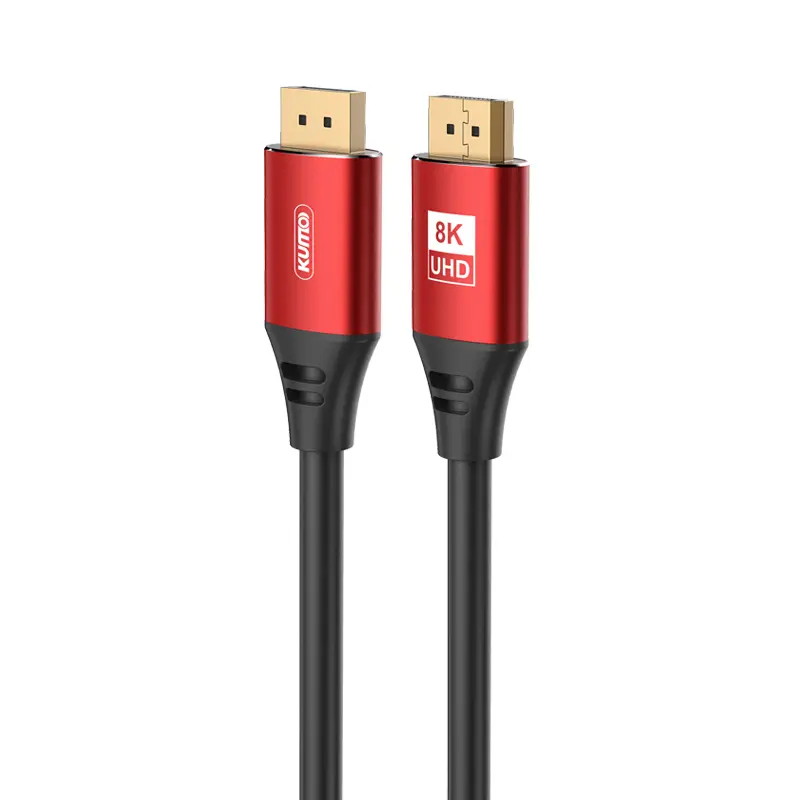 8K DisplayPort Cable
8K DisplayPort Cable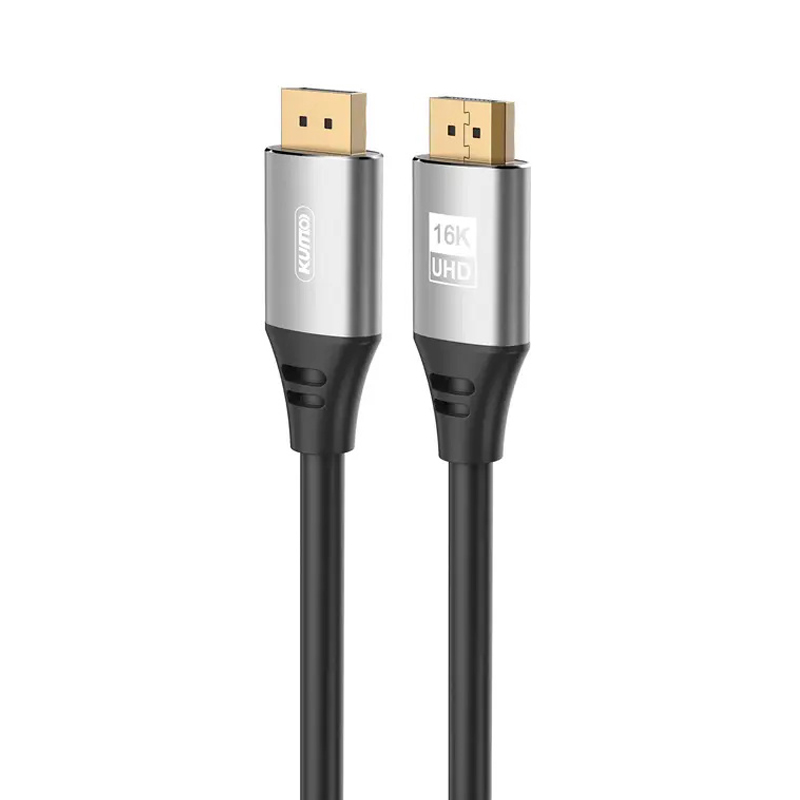 16K DisplayPort Cable
16K DisplayPort Cable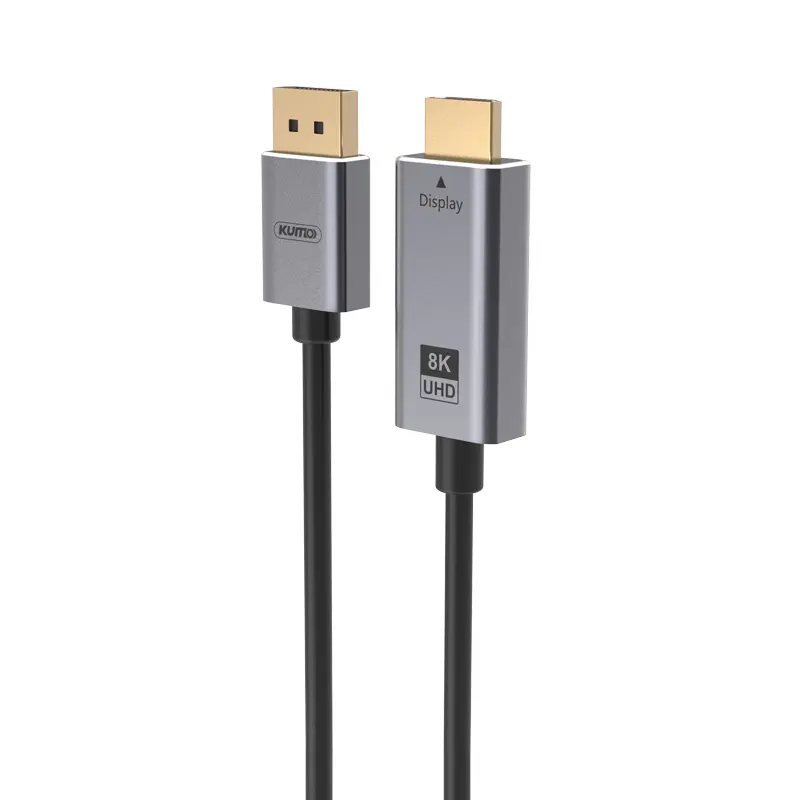 DisplayPort Conversion Cable
DisplayPort Conversion Cable XLR Cable
XLR Cable VGA Cable
VGA Cable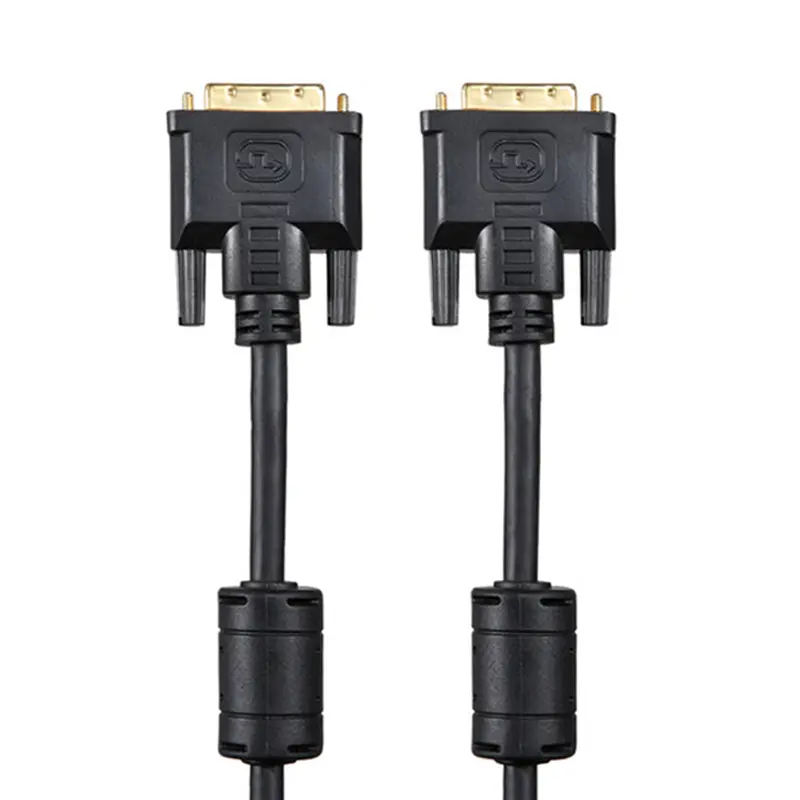 DVI Cable
DVI Cable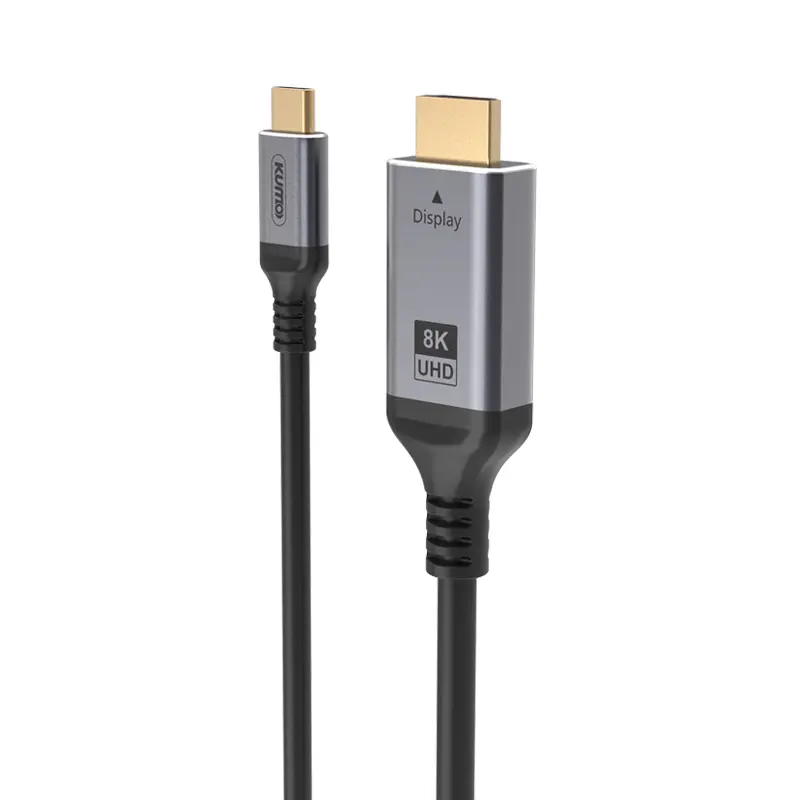 Type C To HDMI
Type C To HDMI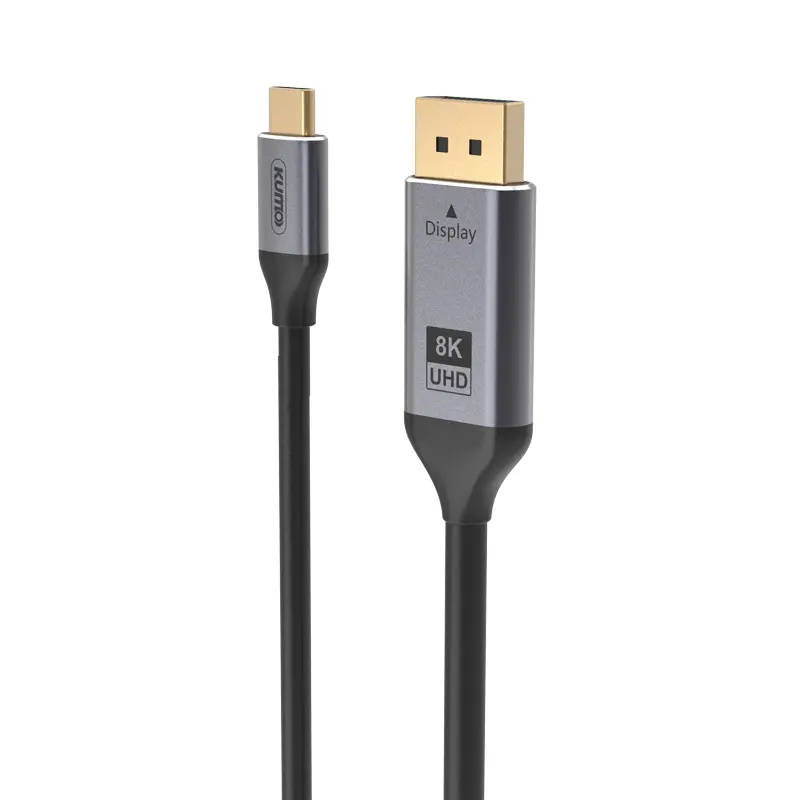 Type C to DP
Type C to DP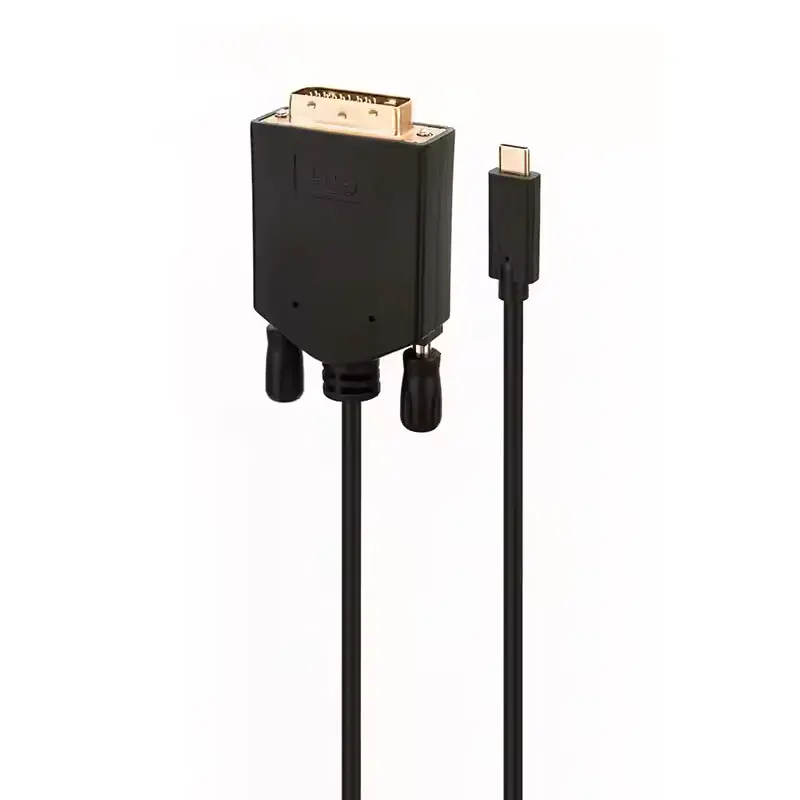 Type C to DVI
Type C to DVI Type C Adapter
Type C Adapter USB A to C Cable
USB A to C Cable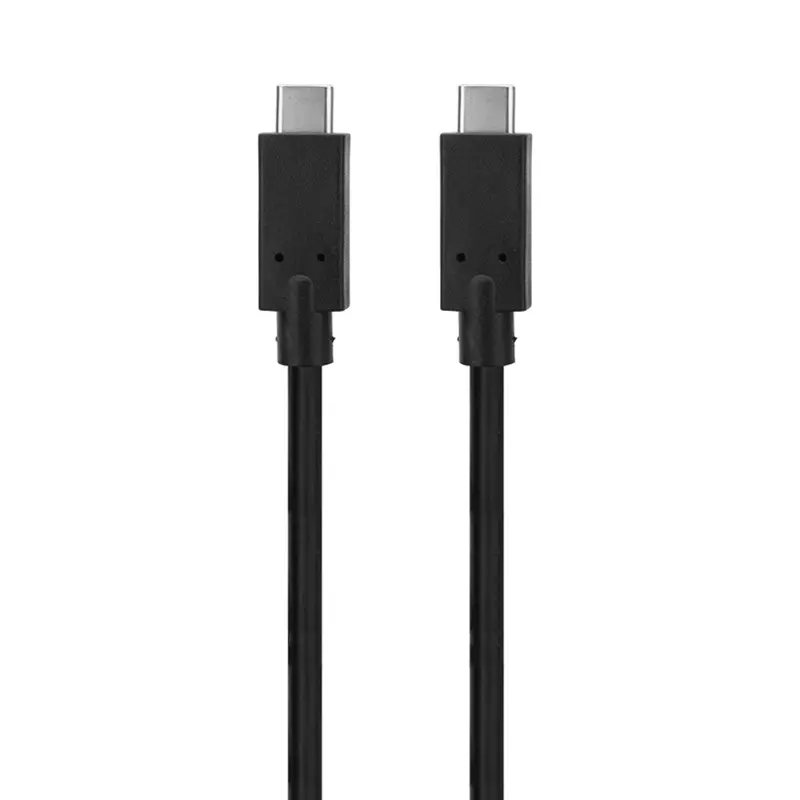 USB C to C Cable
USB C to C Cable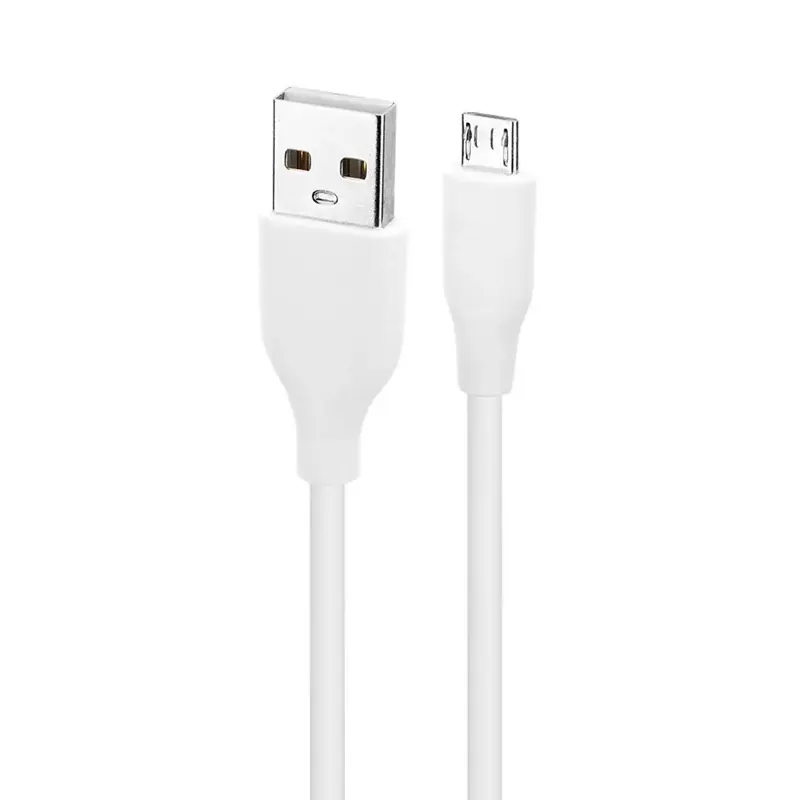 Micro USB Cable
Micro USB Cable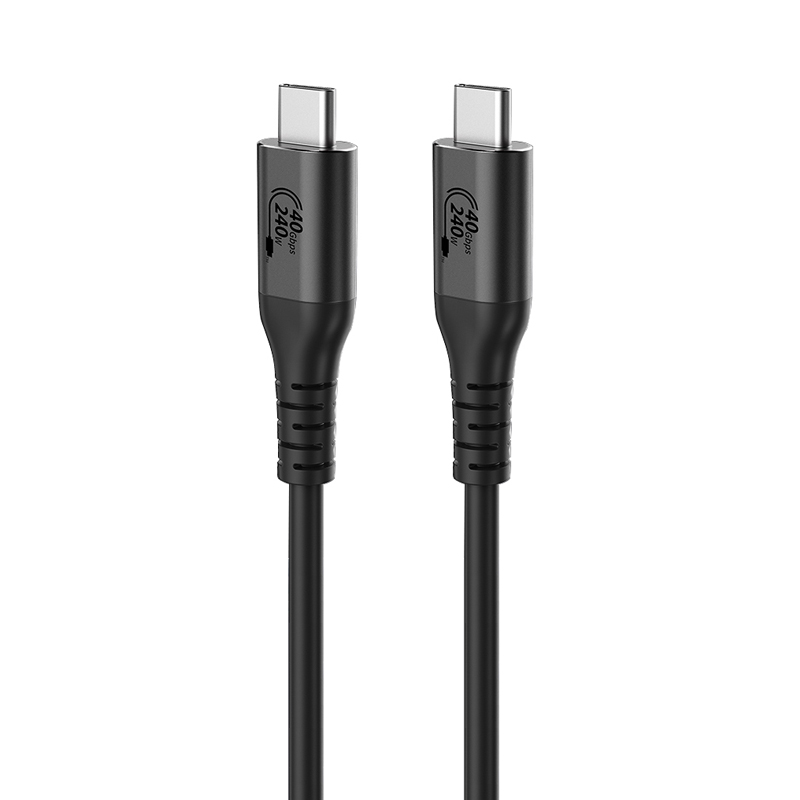 USB4 Cable
USB4 Cable


